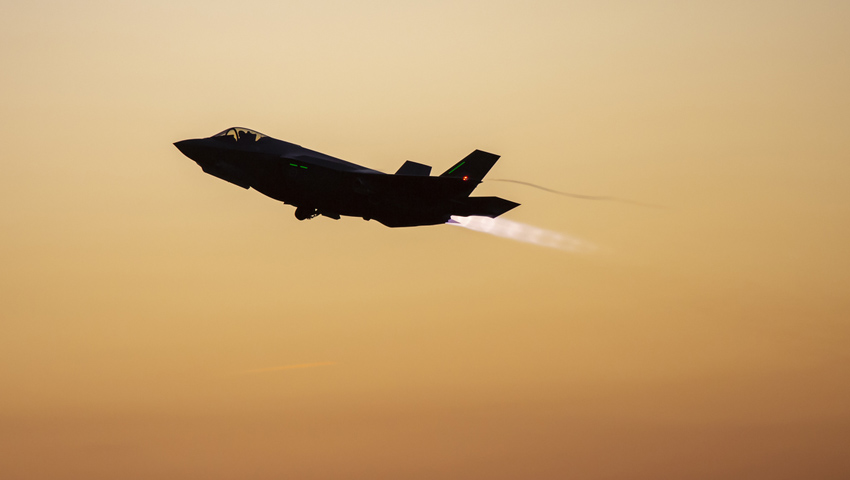The US Air Force has formally given up on attempts to increase mission capability rates across its fighter jet fleet. The Office of the Secretary of Defense, Mark Esper, announced late last week that the F-16, F-22, F-35 variants had all failed to meet the 80 per cent target and that the initiative is no longer a requirement for fiscal year 2020.
In line with a September 2018 order from then-secretary of defense James Mattis, USAF officials have been pushing to increase the percentage up to a minimum of 80 per cent by the end of September 2019. At the time, Mattis announced that “budget constraints and shortfalls in aviation squadrons across the force” had led to “systemic underperformance, overcapitalisation and unrealised capacity” in the fighter fleets.
Mission capability rate refers to the proportion of a fleet that are prepared to carry out a mission on immediate notice. The USAF logs this figures on this rate annually, and recent publications record a slight drop in mission capability. For FY16 that number was 72.1 per cent; in FY17, 71.3 per cent.
In a release posted 7 May, USAF chief of staff nominee General Charles Brown announced that the branch would no longer be pursuing the 80 per cent figure.
“The Office of the Secretary of Defense determined the fiscal year 2019 80 per cent mission capable rate initiative is not an FY2020 requirement,” he said in written testimony sent to the US Armed Services Committee and released on 7 May.
“As a result, the Air Force returned to allowing lead commands to determine the required [mission capability] rates to meet readiness objectives.”
According to sources within the Pentagon, the F-35, F-16, and the F-22 models all fell short of the criterion. Gen Brown said that the F-16’s mission capability rate reached a high of 75 per cent in June 2019, the F-22s reached a high of 68 per cent in April 2019 and the F-35s hit a high of 74 per cent in September 2019.
“From April 2018 to February 2020, overall readiness increased 16 per cent, and pacing-unit readiness – those units required in the first 30 days of Combatant Command war plans – increased 35 per cent,” he added.
According to the US Navy, its fleet of F/A-18s surpassed the 80 per cent mark in September 2019.
“Maintaining aging aircraft is an extremely difficult and expensive task, while new, technologically advanced weapons systems present their own challenges,” said Gen Brown.
“We developed and are now implementing a Strategic Sustainment Framework that will both improve materiel readiness and set the conditions for long-term cost reduction by developing multiple sources of supply, enhancing our repair network capabilities and capitalising on conditions-based maintenance, plus other commercial best practices.”



